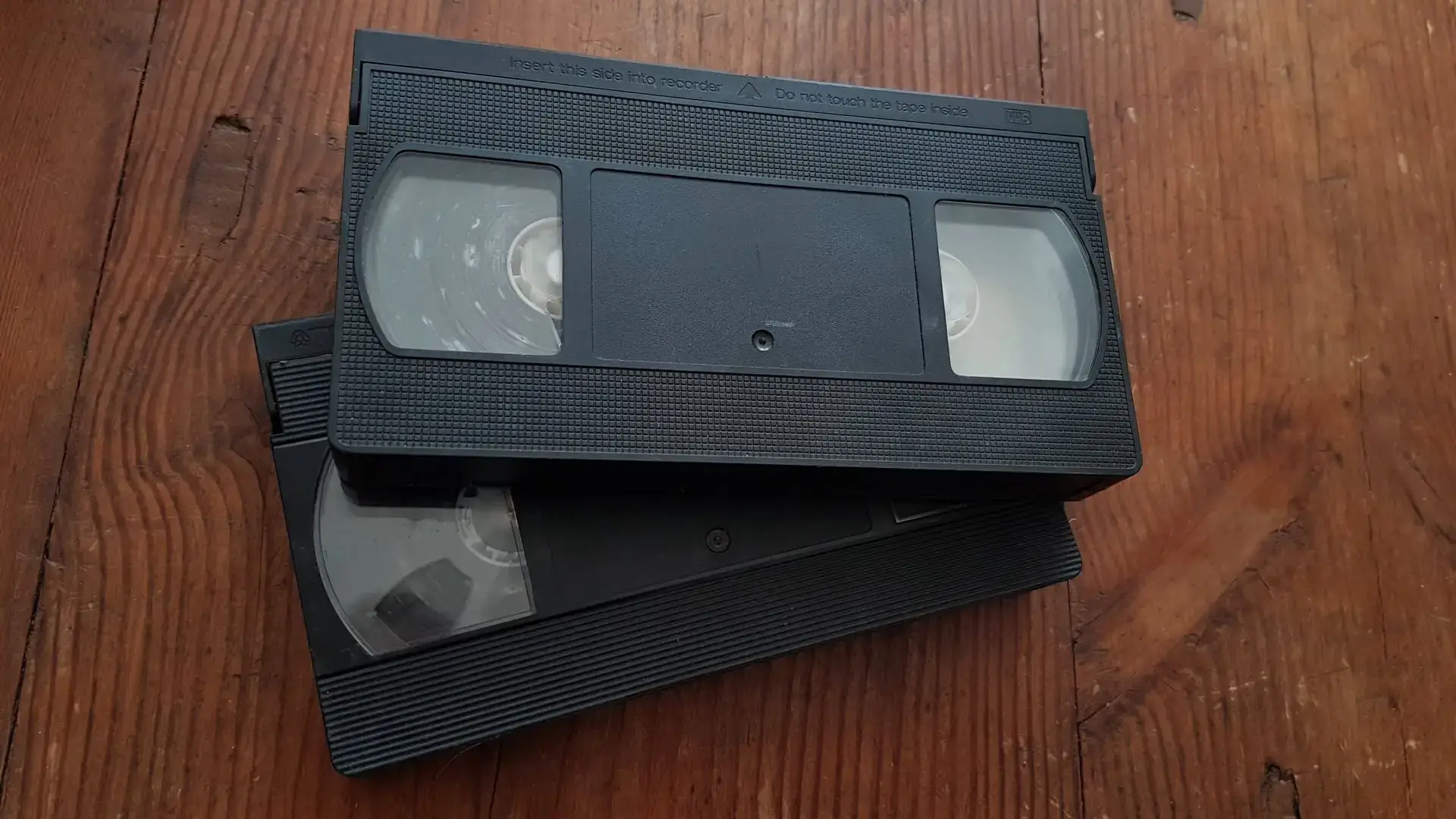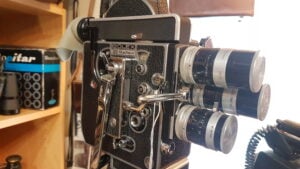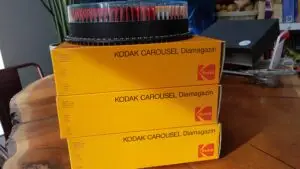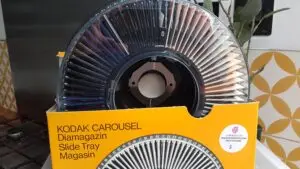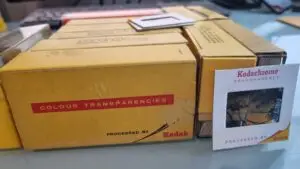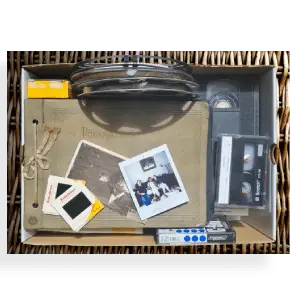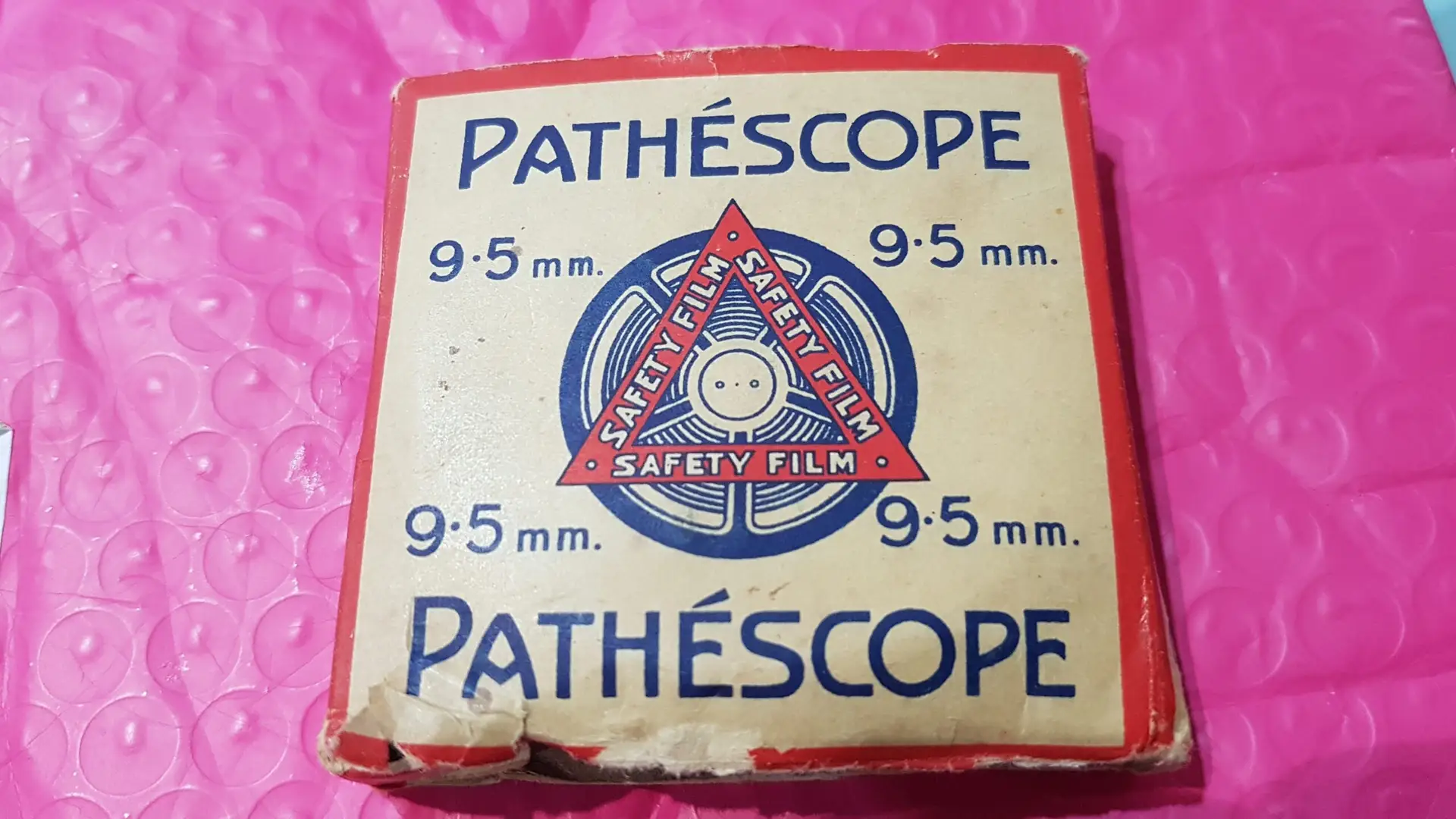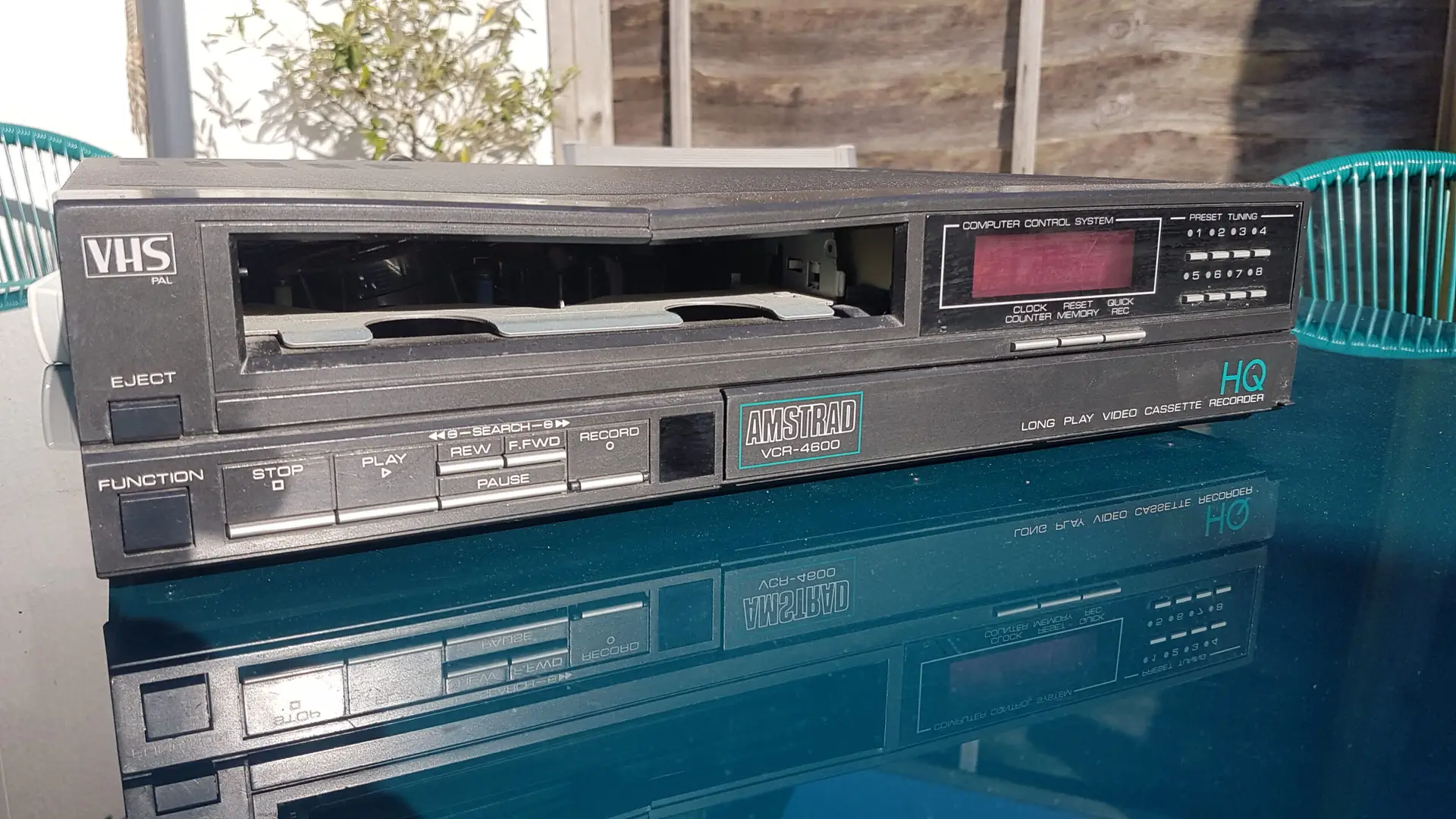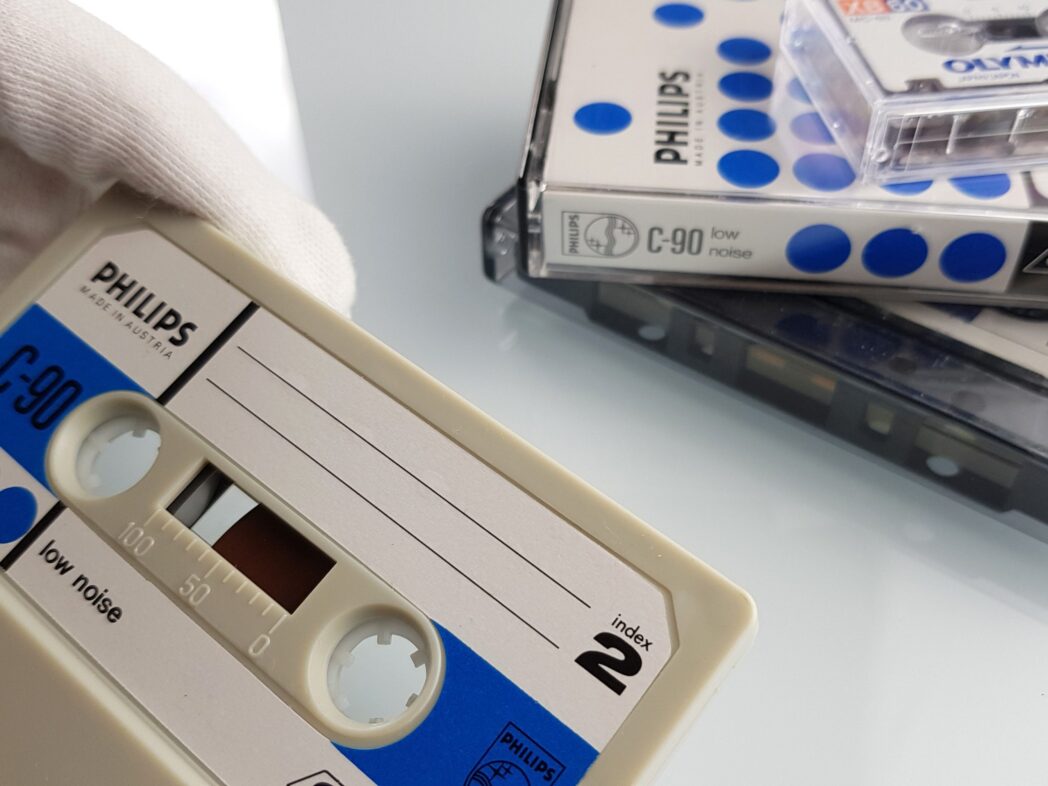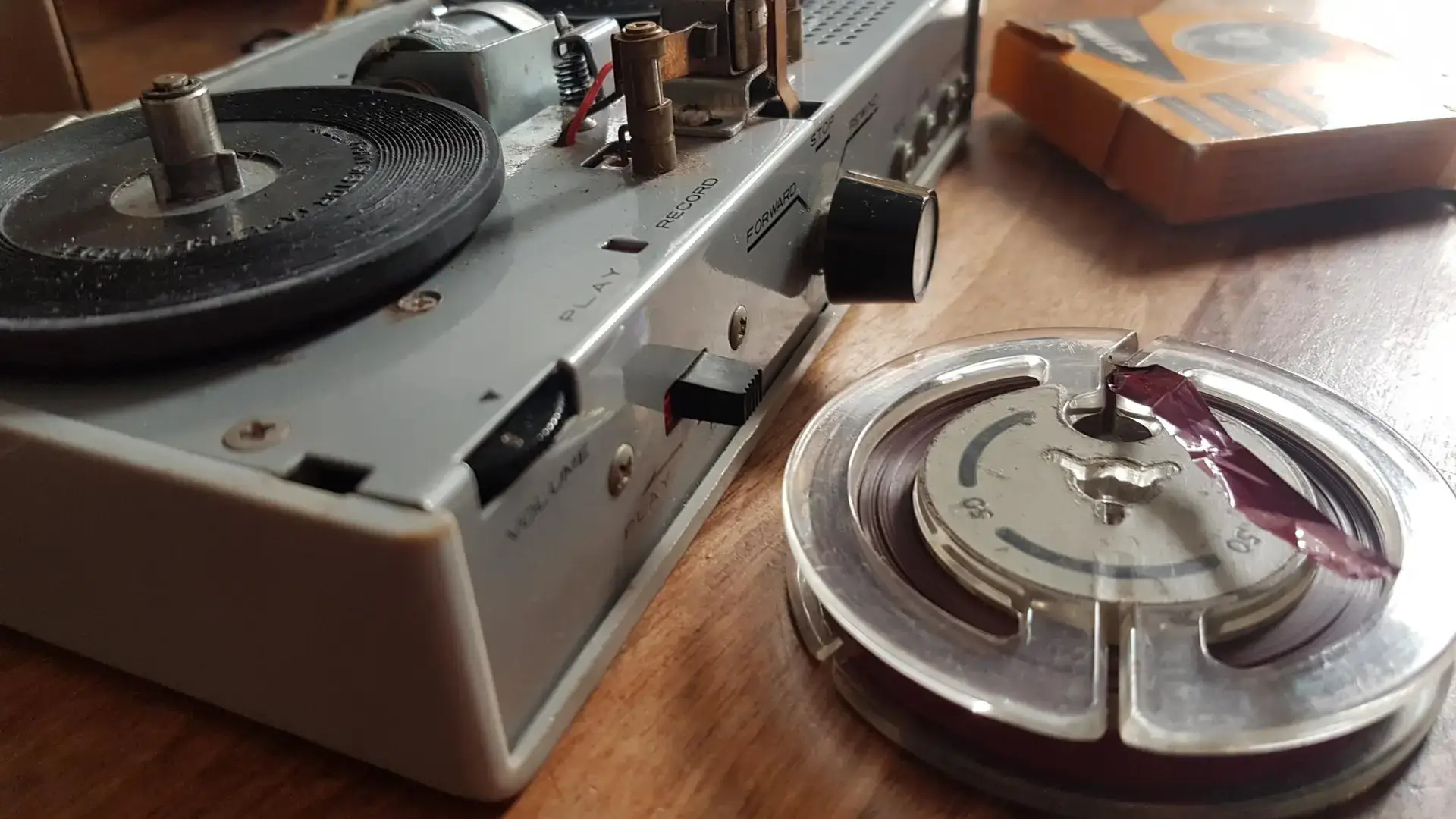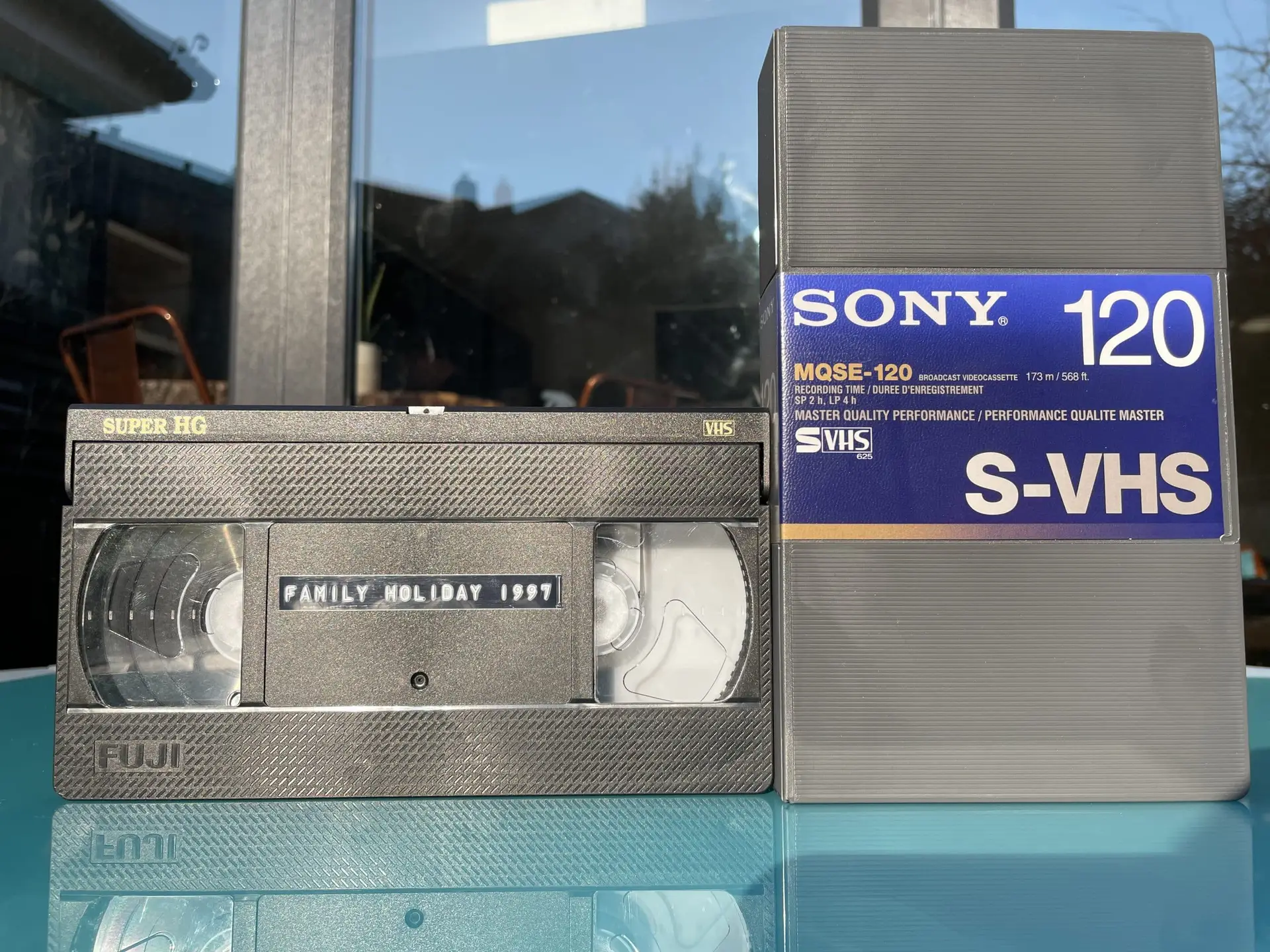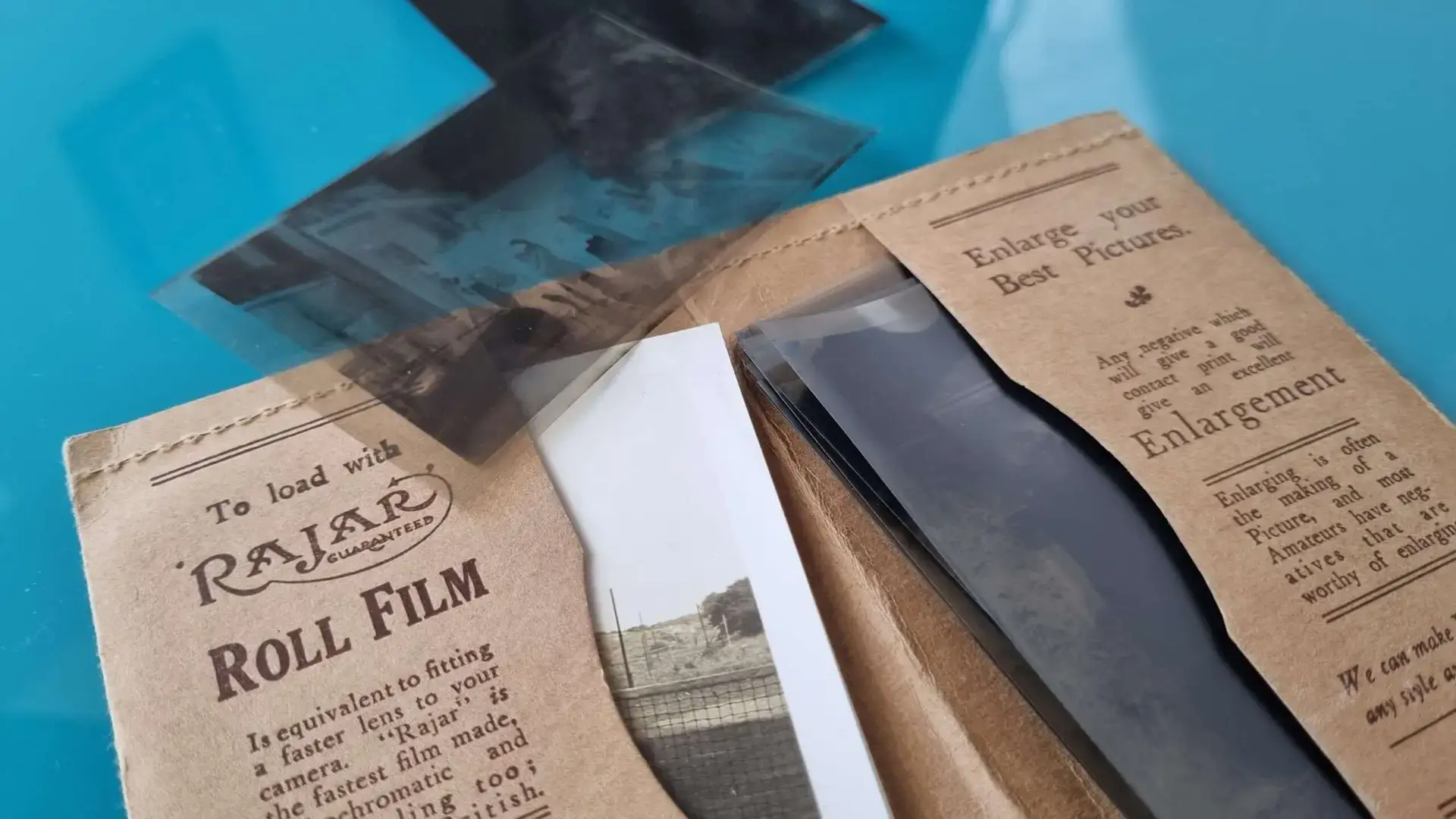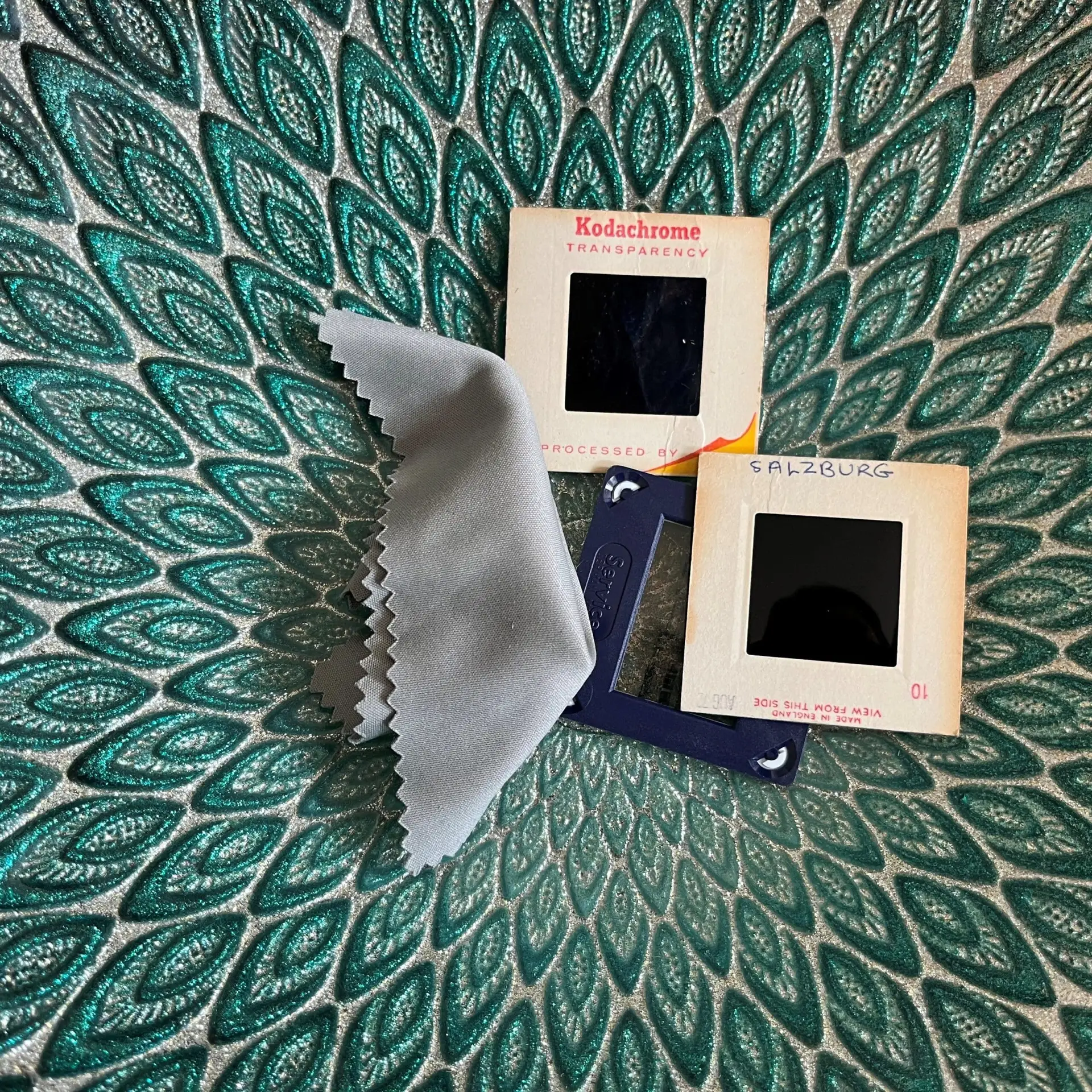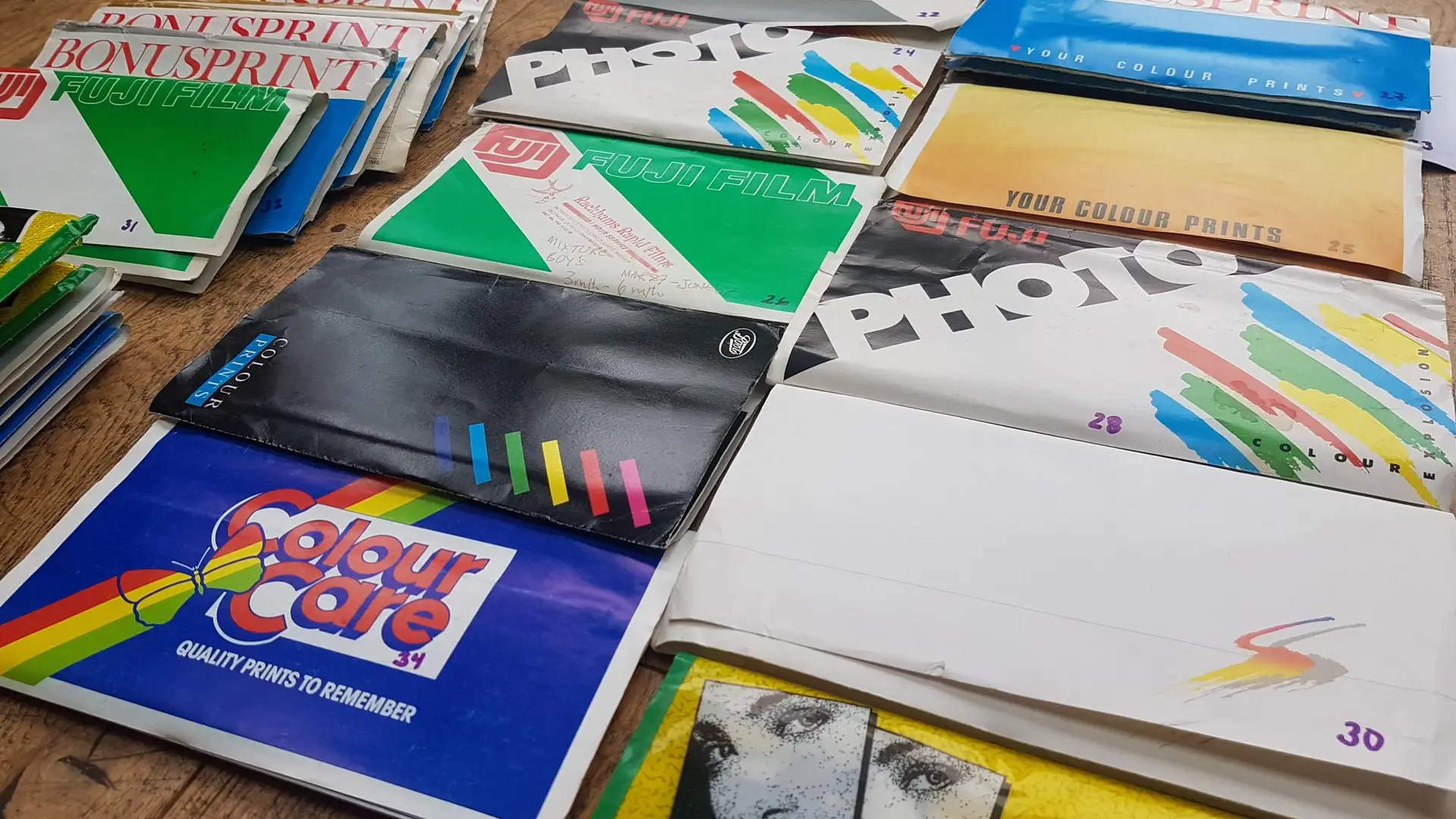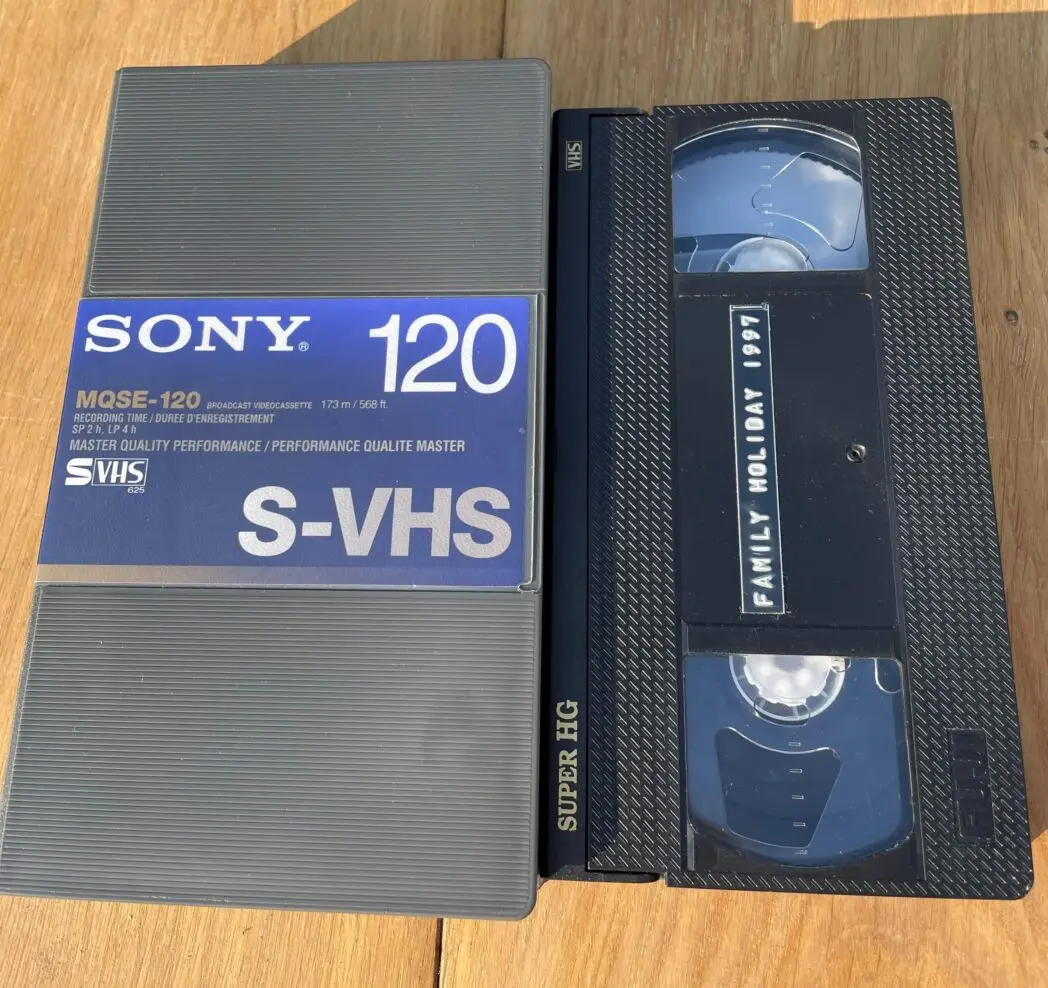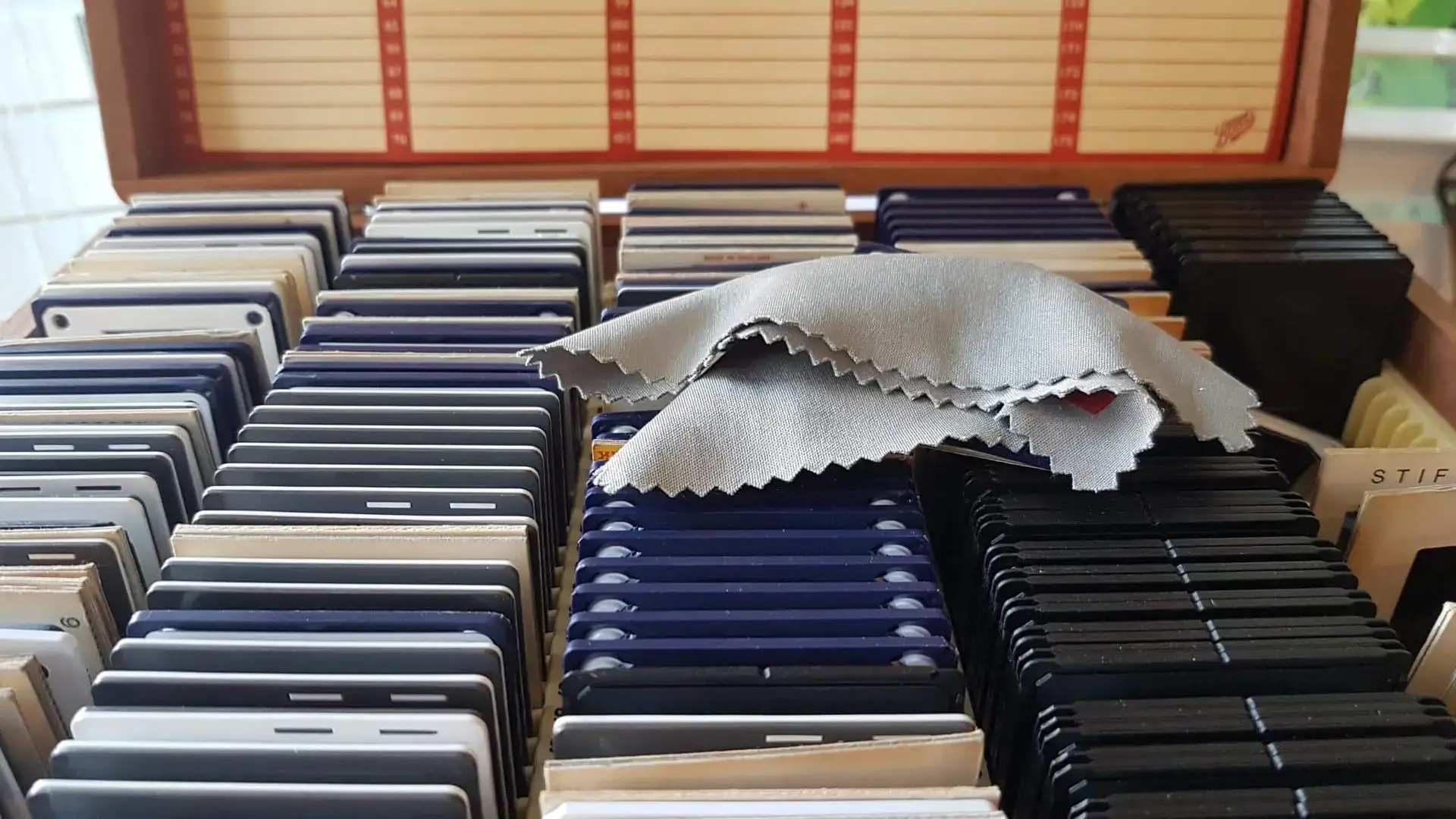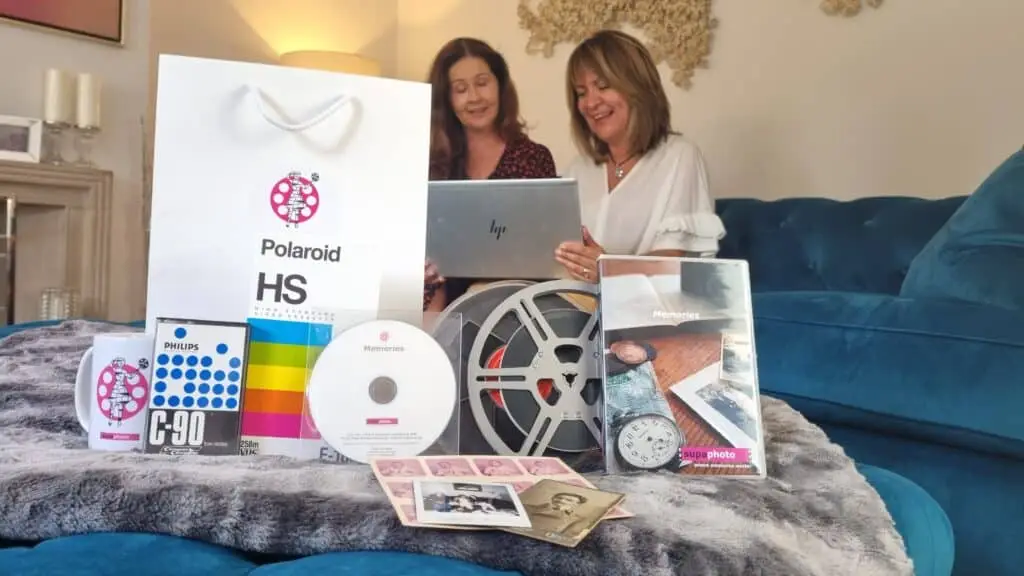How to Restore Old Video Tapes
Restoring old video tapes can be a thoughtful gift for Grandad’s upcoming birthday. Imagine the joy of reliving cherished family memories together. While you’re planning to showcase a compilation of treasured videos at the family barbecue, you’re confronted with the challenge of how to repair or restore these aging video tapes.
This particular tape stands out in your mind – a VHS cassette that has been stored in the attic for decades. It captures a beautiful moment when the grandchildren gathered around Grandad’s grand piano, listening to his music. It’s a priceless memory.
You retrieve the tape, hoping it’s still in good condition, but to your dismay, it’s in terrible shape. The audio is full of scratches, the video quality is deteriorated, and static interference plagues the footage.
Why Do Tapes Degrade?
Research indicates that magnetic tapes, like VHS tapes, naturally degrade over time, experiencing a 10 to 20 percent loss of signal quality, even when stored under ideal conditions. After a few decades, these precious recordings can be lost due to magnetic decay. This leaves you wondering how to restore old video tapes and whether there’s a nearby video restoration service.
Preserving Your Old Tapes
Your tapes are gradually approaching the point of no return. To save these memories before it’s too late, consider video restoration for your old tapes. While we’d love to provide tips on tape maintenance, the inevitable aging process affects them regardless of care. Older technologies simply don’t hold up as well as modern alternatives.
To prevent the loss of these irreplaceable memories, we recommend digitizing your old VHS tapes at Supaphoto’s video restoration service. By transforming them into a digital format, you can ensure that these cherished moments last forever. Whether it’s the family piano concerts or any other precious footage, safeguard them from degradation.
The Challenge with Video Tapes
Videotapes were never designed for long-term preservation. The rapid decay of video tapes was recognized as early as the 1970s and hasn’t significantly improved since then. The problem primarily stems from the composition of video tapes.
Typically, video tape comprises three layers: the back coat, the base, and the magnetic binder layer. The back coating, introduced in the late 1960s, is a thin conductive carbon layer that prevents static buildup and helps ward off dust and dirt. However, the real issue lies in the binder layer’s chemical composition, which was never intended for longevity.
If your tapes have already suffered from decay, we offer a restoration service to attempt to save them. So, if you’re wondering whether video tapes can be restored, the answer is yes. Contact us, and we’ll assess the condition. It may require a physical repair, which, while still demanding expertise, won’t be as arduous.


